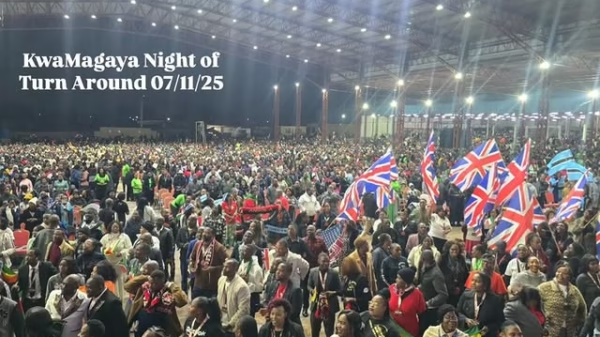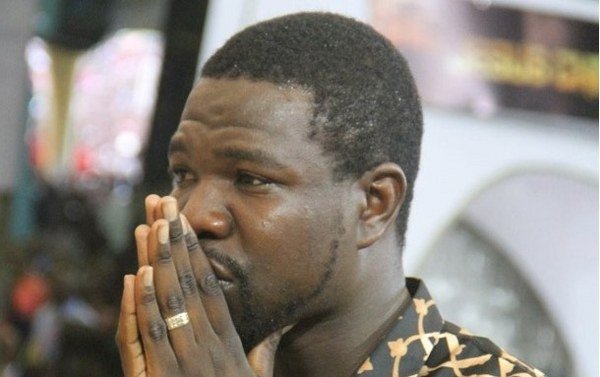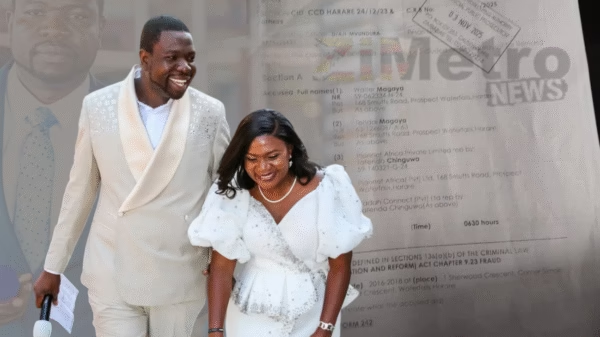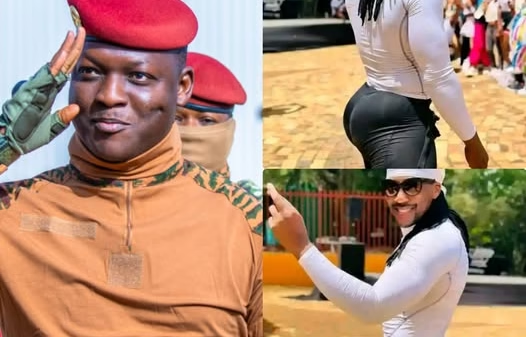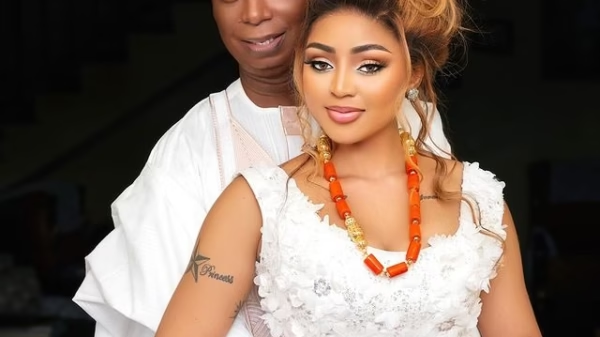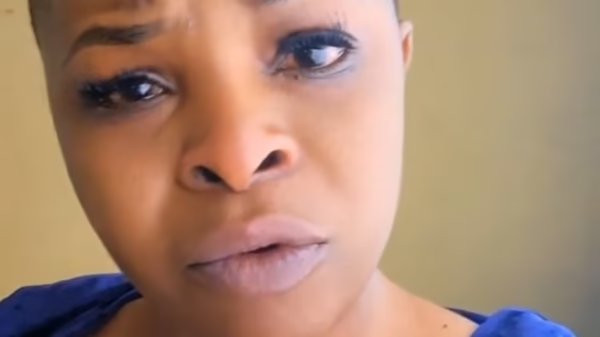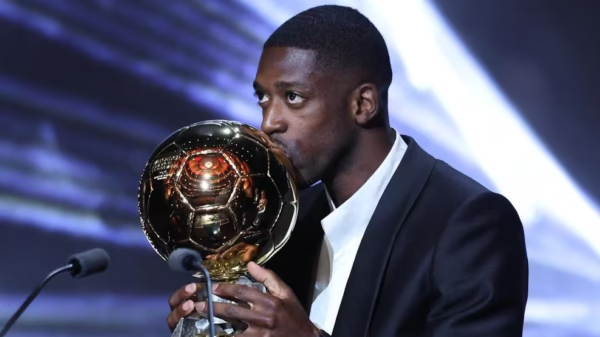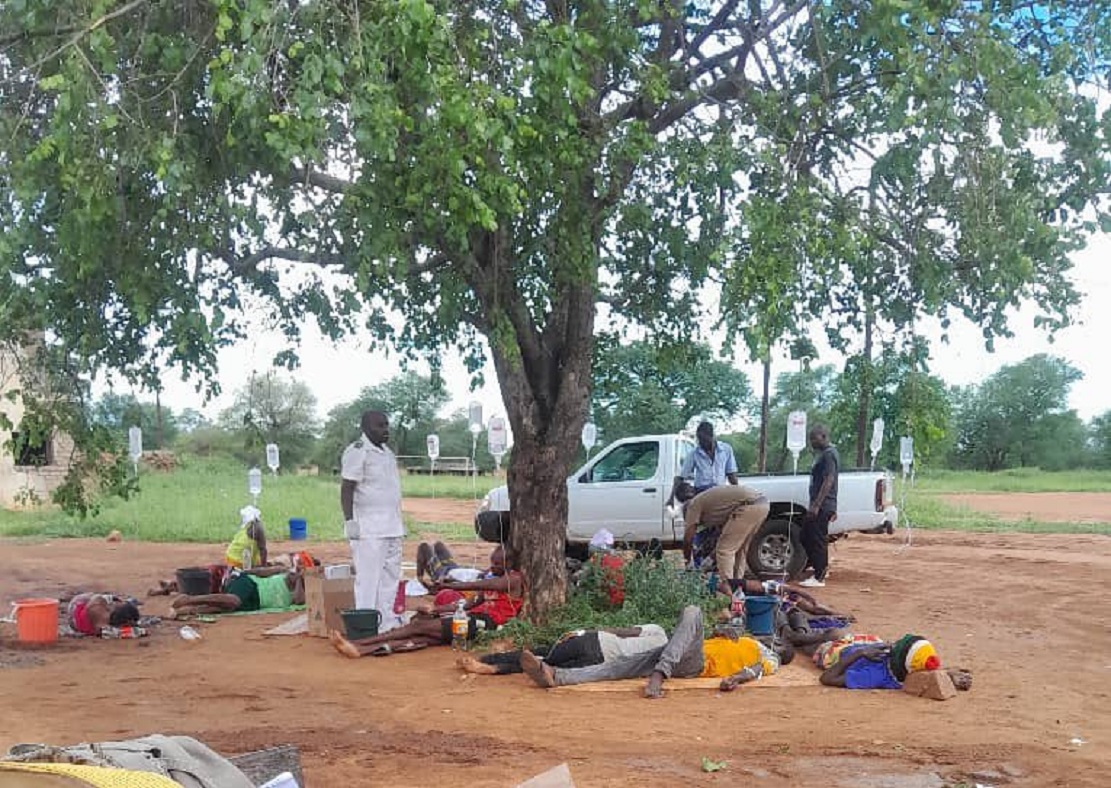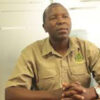The Zambezi River Authority (ZRA) has established an average electricity generation target of 214 megawatts (MW) for the Kariba Power Station until the conclusion of the quarter ending in March 2024. This decision comes in response to limited water levels in the Kariba Dam, which may reach its lowest recorded level this year.
The reduction in output at Kariba, a significant power generation facility in the country, is expected to exacerbate pressure on the national grid, potentially leading to increased instances of load shedding.
Kariba Dam, the largest man-made lake globally, serves as the primary water source for the power station situated on the Zambezi River. Various factors, including heightened demand due to economic expansion, aging infrastructure at coal-fired plants like Hwange, and intermittent grid failures, have contributed to chronic power shortages in Zimbabwe.
Recently, the Zimbabwe Electricity Supply Authority (ZESA) reported a decrease in generation at Hwange due to a grid fault, resulting in heightened power rationing across the nation.
The ZRA, tasked with managing the Zambezi River’s affairs shared between Zimbabwe and Zambia, will reassess the situation next month based on the reservoir’s hydrological conditions. In 2016, water levels at the dam plummeted to 12 percent of capacity, with levels falling dangerously close to the minimum operating level for hydropower.
Since then, unpredictable weather patterns and heavy reliance on the reservoir for power generation, particularly before capacity enhancements at Hwange, have hindered efforts to replenish water levels adequately, especially during drought years.
Kariba Dam operates within specified maximum and minimum levels to mitigate risks such as infrastructure damage and depletion. Until the forthcoming review determines the water allocation for hydropower generation, output from Zimbabwe’s largest hydropower plant, with an installed capacity of 1,050MW, will remain constrained.
ALSO READ: Vacancy at Nash Furniture’s: PERSONAL ASSISTANT
The El Niño-induced drought has further compounded the situation, with below-average rainfall in the region negatively impacting water inflows into Lake Kariba.
In light of these challenges, the ZRA has maintained a water allocation of 16 billion cubic meters (BCM) for 2024, allowing for an average combined annual power production of 428MW, split evenly between Zimbabwe and Zambia. This allocation will be reevaluated following the hydrological review, considering actual rainfall performance and resulting inflows into the lake.
The authority emphasized the need for strict adherence to water allocation thresholds by power utilities to sustain generation throughout the year. As lake levels continue to decline, there is a heightened risk of increased load shedding, highlighting the urgent need for proactive measures to address the country’s energy challenges.
For comments, Feedback and Opinions do get in touch with our editor on WhatsApp: +27 82 836 5828

For comments, Feedback and Opinions do get in touch with our editor on WhatsApp: +44 7949 297606.

